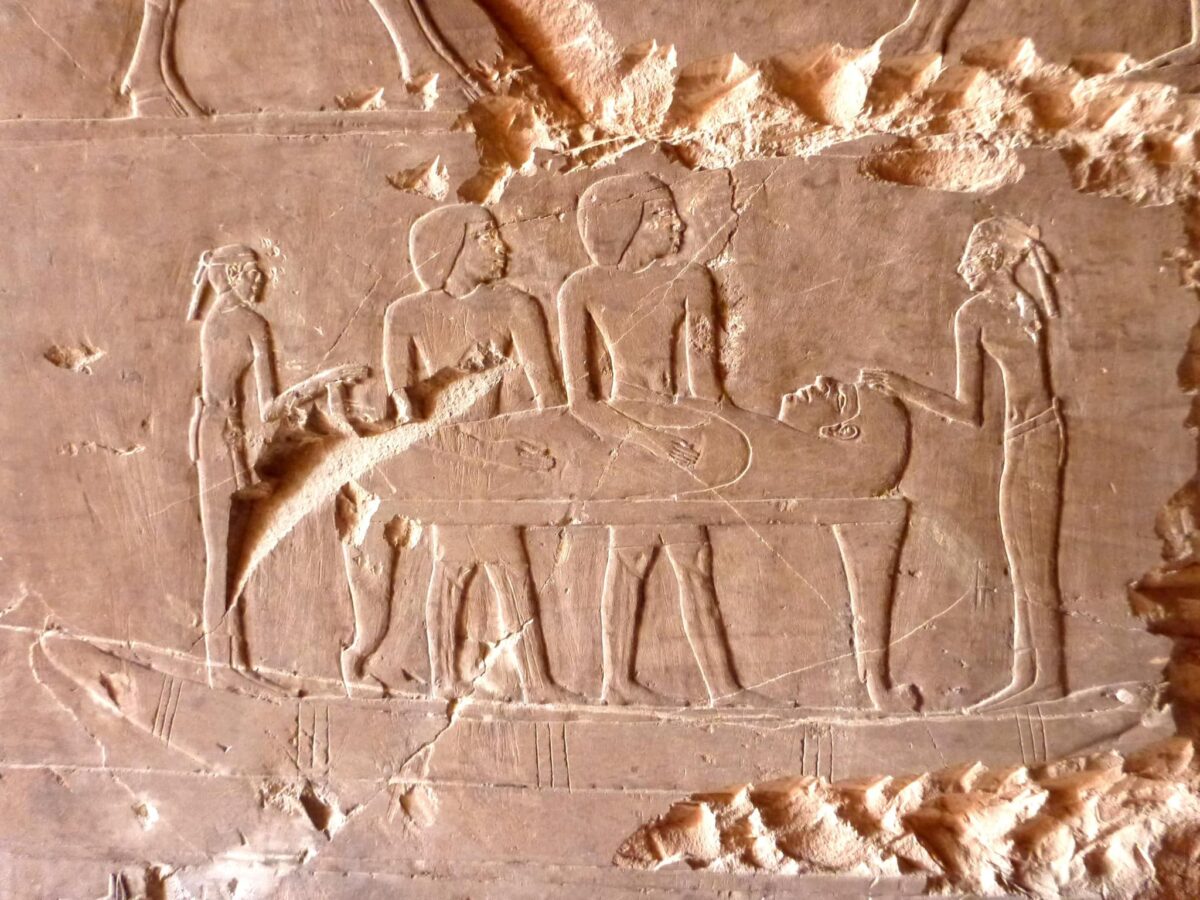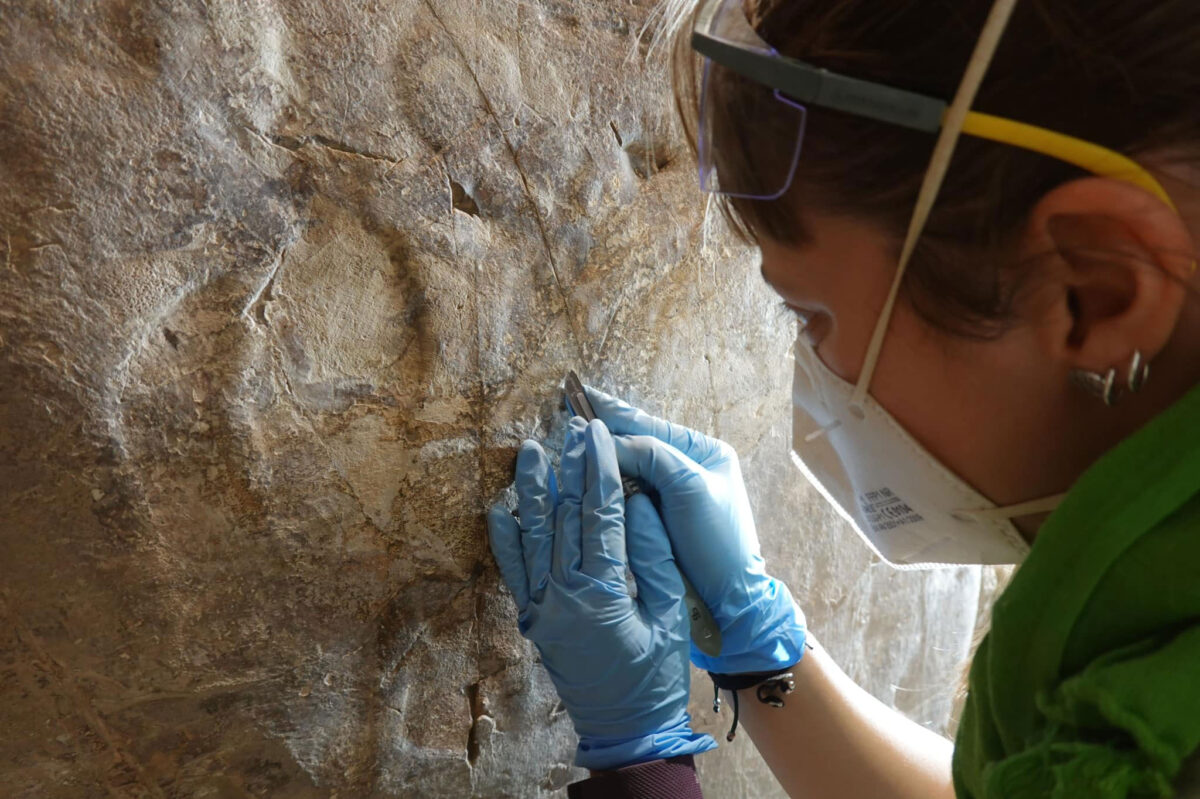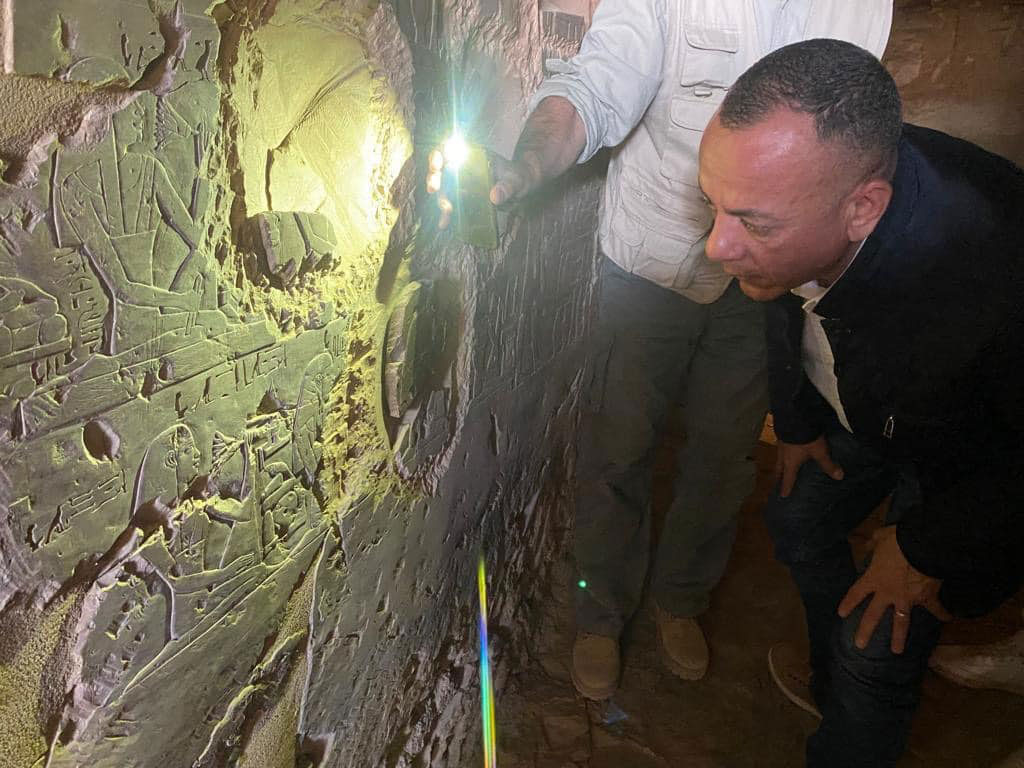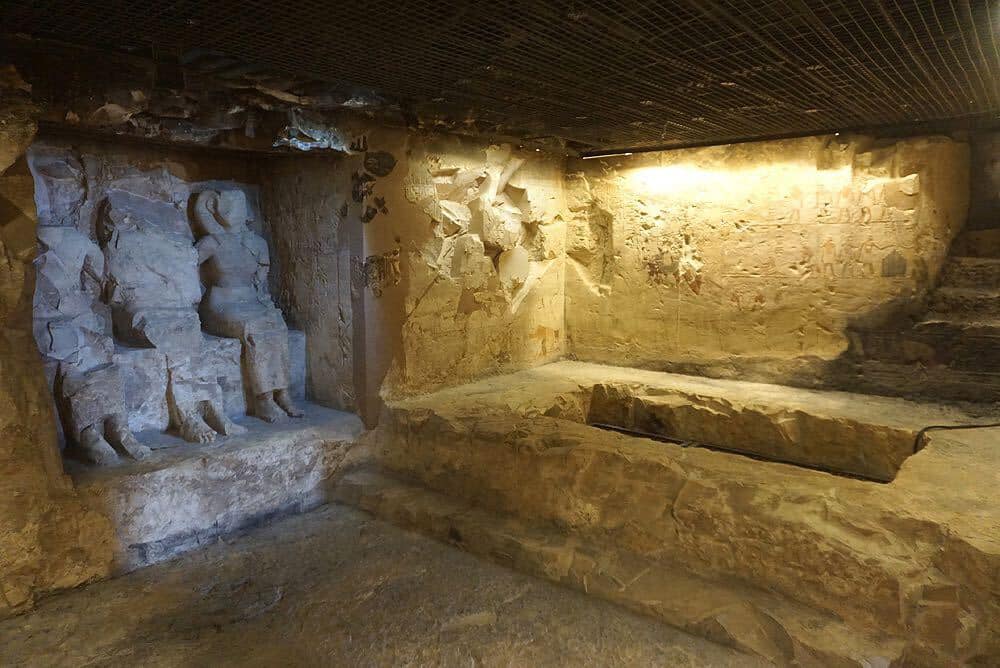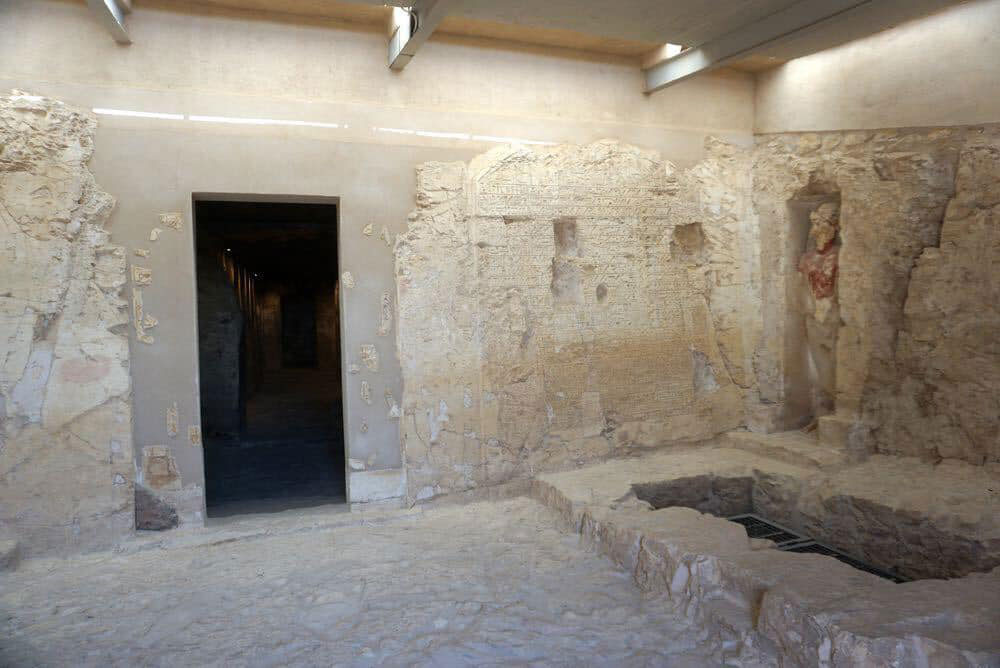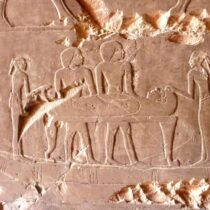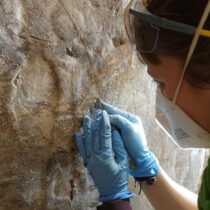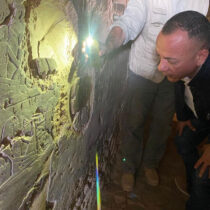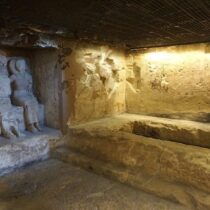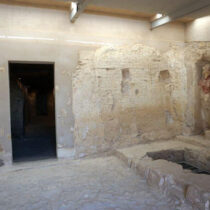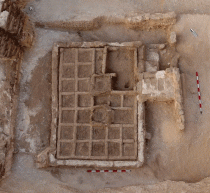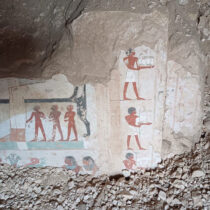The tombs of Djehuty and Hery from the New Kingdom in Dra Abu El-Naga in Luxor were opened after their restoration.
The two tombs, known as TT 11 and TT 12, were discovered during the work of the joint Egyptian-Spanish archaeological mission in 2003. Djehuty was the treasurer of Queen Hatshepsut. He lived during the early 18th Dynasty and was buried in an elite tomb at Dra’ Abu El-Naga (TT11), whose funerary chapel is fully decorated with passages from the Book of the Dead. As for Hery, he lived 50 years earlier than Djehuty, serving Queen Ahhotep, and dying during the reign of Amenhotep I. His tomb chapel is carved deep into the cliff, while the relief decoration covering its long corridor is considered a rare example surviving from the early 18th Dynasty.
In 2002, the mission known as the Djehuty Project and led by archaeologist José Manuel Galán (Institute of Languages and Cultures of the Mediterranean and Middle East) began excavation at the site spreading around the tombs of Djehuty and Hery. Twenty-one years on, the mission has uncovered several tombs, coffins, and mummies dating from as early as 2000 BCE. Excavation has been followed by restoration, documentation work, and publication. Among the most prominent finds have been the rich burial of a teenage girl, a funerary shaft with rare leather items, a rishi-style coffin of a Second Intermediate Period date, the remains of a prince’s burial, an appendices’ board, and a funerary garden.
